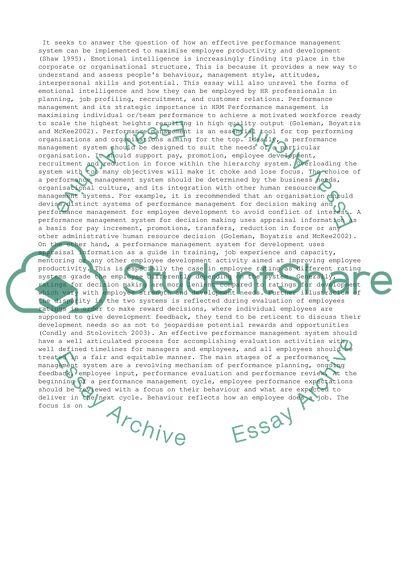Cite this document
(“Performance Management, Emotional Intelligence and Its Strategic Essay”, n.d.)
Retrieved from https://studentshare.org/business/1402982-performance-management-emotional-intelligence
Retrieved from https://studentshare.org/business/1402982-performance-management-emotional-intelligence
(Performance Management, Emotional Intelligence and Its Strategic Essay)
https://studentshare.org/business/1402982-performance-management-emotional-intelligence.
https://studentshare.org/business/1402982-performance-management-emotional-intelligence.
“Performance Management, Emotional Intelligence and Its Strategic Essay”, n.d. https://studentshare.org/business/1402982-performance-management-emotional-intelligence.


